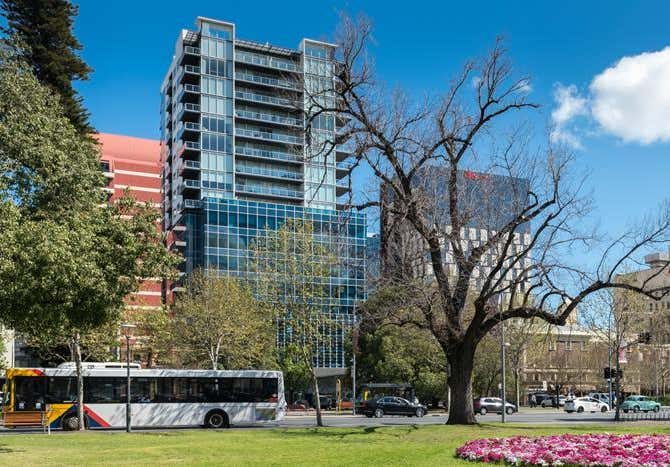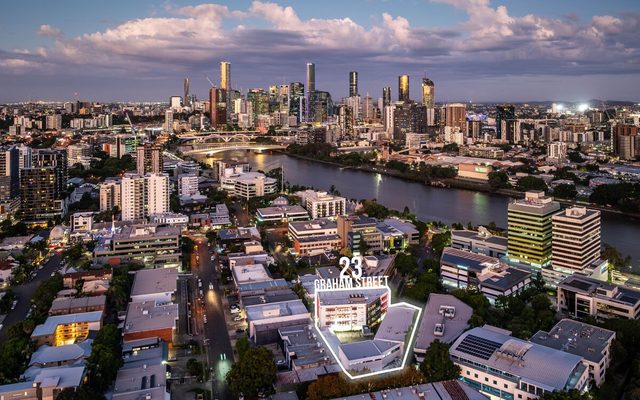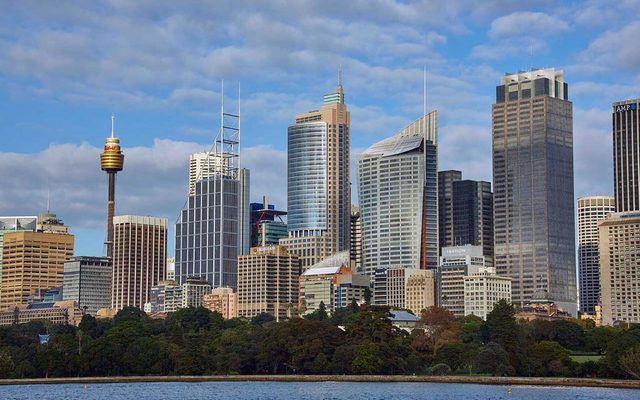This article is from the Australian Property Journal archive
THE Adelaide CBD office leasing market has maintained robust tenant demand and rental growth, against a subdued investment market.
According to Knight Frank’s Adelaide CBD Office Market Report, this demand and growth compensated for diminishing values across a weak market facing the rising cost of capital.
“Tenant demand, particularly for prime space, has been strong and rents have consequently risen,” said Tony McGough, partner and head of Victorian research and consulting at Knight Frank.
“Adelaide had been nation leading in CBD office occupancy in 2023, with the last recorded occupancy data released by the PCA in March showing Adelaide up to 80% of pre-COVID occupancy, signifying a positive outlook for the Adelaide leasing market and CBD building owners.
The vacancy rate did increase over the first half, up from 16.1% to 17%, attributed to additional supply of 87,016sqm.
“There is clearly higher demand for prime stock, as we are seeing in every capital city around Australia, which is evident in the vacancy rate of 10.3% for new generation prime CBD stock within the core precinct,” added McGough.
“Older prime core stock exhibits a markedly higher vacancy rate of 25.4%, underscoring a substantial demand disparity between these two categories.”
Average gross effective rents for prime and secondary stock were up 3.4% and 2.7% respectively year-on-year to $414/sqm and $276/sqm, as at July 2023.
Rents are set to continue to rise, with forecasts of prime effective rents growing another 3.7% over the coming two years.
With the record level of new supply (87,016sqm), the Adelaide CBD office market is expected to see a major shift in the standard of accommodation.
“Owners of older vacant stock need to commit to major reinvestment to compete for tenants,” said Nick Bell, head of commercial valuations at Knight Frank, SA.
“Indeed the Adelaide CBD is witnessing a rise in refurbishments, with one such project being 150 Grenfell Street – this building is undertaking a full scale reconstruction including a new façade and all new services, with a point of focus being on its environmental sustainability credentials. It will offer over 9,300sq m of brand new space once complete in early 2024.”
“It’s expected that low A-grade property will see a rise in incentives as building owners try to backfill vacancy.”
Incentives are already on the rise, as average incentives for prime and secondary space saw a marginal increase over the first half from 31.2% to 31.8% and from 37.3% to 37.9% respectively.
Over the first half, total Adelaide CBD office asset sales over $10 million in value totalled $217.6 million, down 40% on the $363.3 million in H1 2022.
Though this H1 2023 was still up 256% on H1 2021’s $61 million.
With a further $71.6 million in asset sales settled or settling July 2023.
Adelaide CBD prime yields rose from 5.84% to 6.81% over H1, with the yield spread to Sydney widening 63 basis points to a current differential of 165 basis points.
“We continue to experience capital gravitate towards core-plus and value-add assets where the increased cost of capital can be offset with enhanced returns from active management initiatives, which often include building efficiency upgrades,” said Max Frohlich, director of institutional sales at Knight Frank.
“Interestingly, our data shows the vacancy rate for prime assets positioned in Adelaide’s core precinct with strong environmental initiatives – a 5 Star NABERS energy rating or greater – is only 4.78%, compared to Adelaide’s overall vacancy rate of 16.8% for prime assets.”
Frohlich noted this stock accounts for around 59% of prime office space in the core precinct, leaving opportunity to for the remaining 41% of stock to be enhanced.
“One example is major banks offering considerable discount for green debt products with little-to-no margins and/or establishment fees waived to fund building energy enhancements – it’s a no brainer,” concluded Frohlich.




